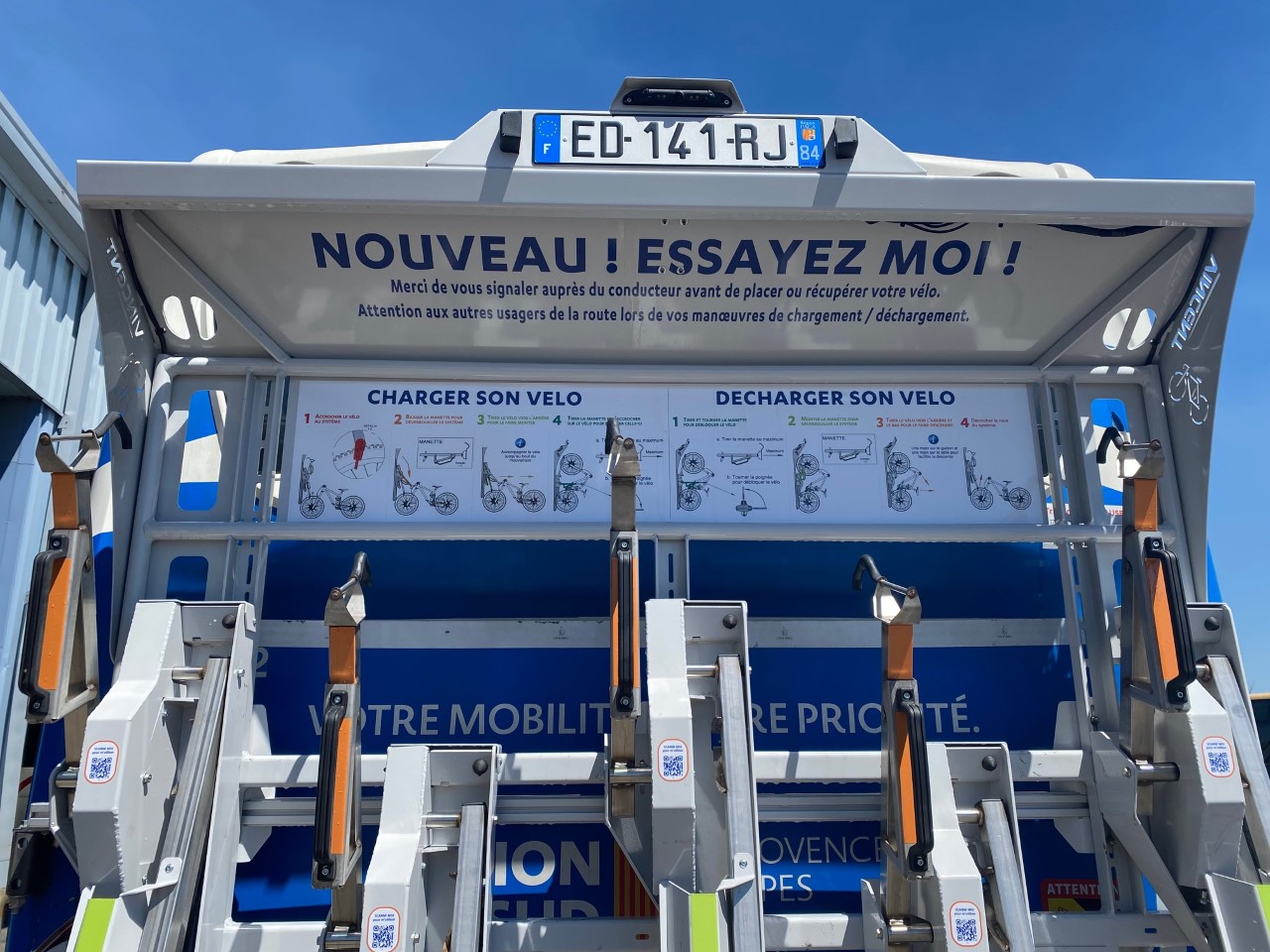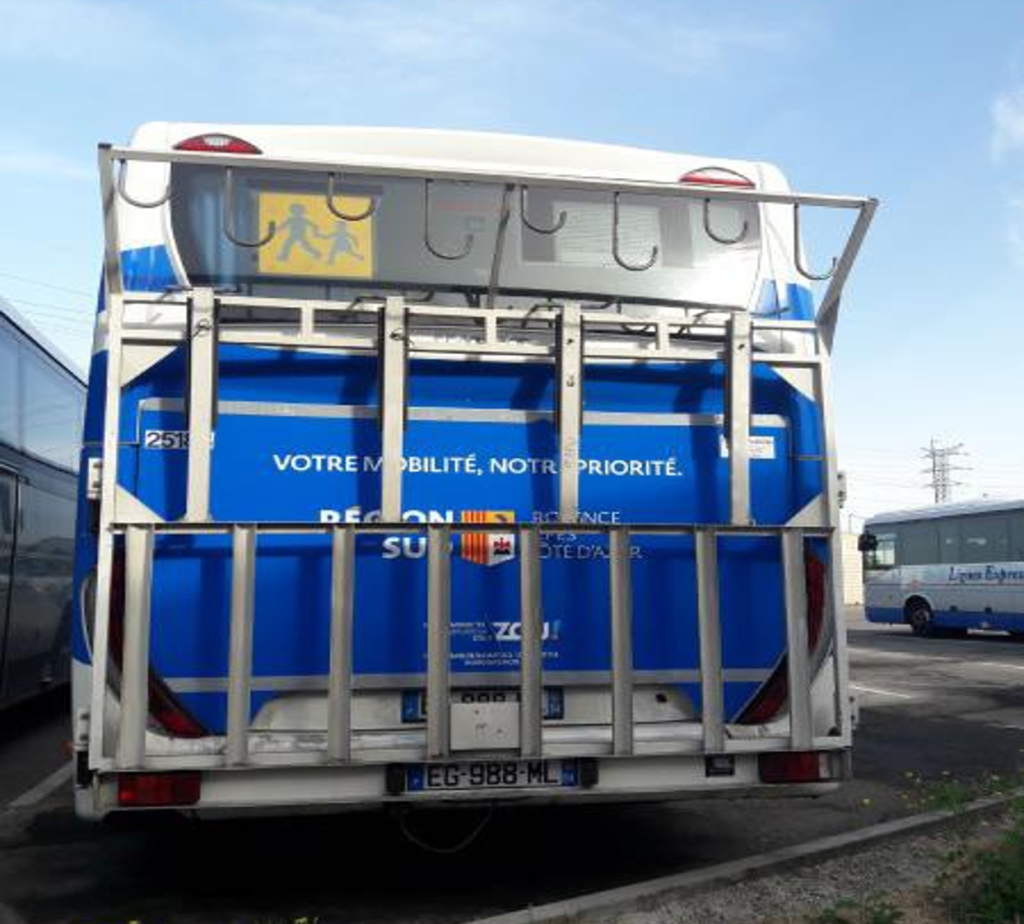bicycle carriers

Intermodality: a lever to accelerate the development of cycling
Bicycle is very suitable for distances of no more than ten kilometers. In the case where the trip exceeds this distance, two possibilities exist for the user:
- use a private vehicle;
- use public transport.
In this second case, it is necessary to have a stop or a station close to one’s home or workplace. 7 out of 10 French people live less than 6 kilometers from a train station. This distance is particularly suitable to ride a bike. Users will have two options for continuing their trip once they arrive at the interchange: park their bicycle in a locker or shelter, preferably a secure one, or take it with them in the heavy mode they will use later.
Secure parking near multimodal transport hubs or train stations
In order to develop intermodal use, particularly train-bike use, the LOM imposes a minimum number of secure parking spaces in all stations in the region with more than 100,000 passengers per year. This represents 76,000 secure bicycle parking spaces that will be deployed by January 2024 (63% of the spaces already exist).
Bicycle carriers on board vehicles
On a subject that impacts us more directly, the LOM has also created an obligation to carry bicycles on board intercity vehicles. Thus, all our new intercity vehicles must be able to be equipped with a system for carrying 5 undismantled bicycles (excluding special bicycles). It should be noted, however, that the Mobility Organizing Authorities have the option of waiving this obligation with a reasoned decision (Article L.1272-6 of the Transport Code).
The technical solutions for complying with the obligation to provide a system for carrying undismantled bicycles are limited:
- The bunkers of vehicles is poorly adapted to the transport of unfolded or dismantled bicycles;
- The interior space of intercity vehicles is rarely designed to accommodate at least five unmounted bicycles (except on special routes, which are used extensively by tourist cyclists, for example);
Therefore, the solution of an external bicycle rack is essential for regular non-urban services. We identify several types of constraints to be integrated into the deployment of bicycle rack solutions:
- Legal and security constraints;
- Constraints related to operations;
- Maintenance recommendations.
Tests on our networks
- Aix – Marseille
- Le Havre
- Transdev Vaucluse
- Sillages network in Grasse

